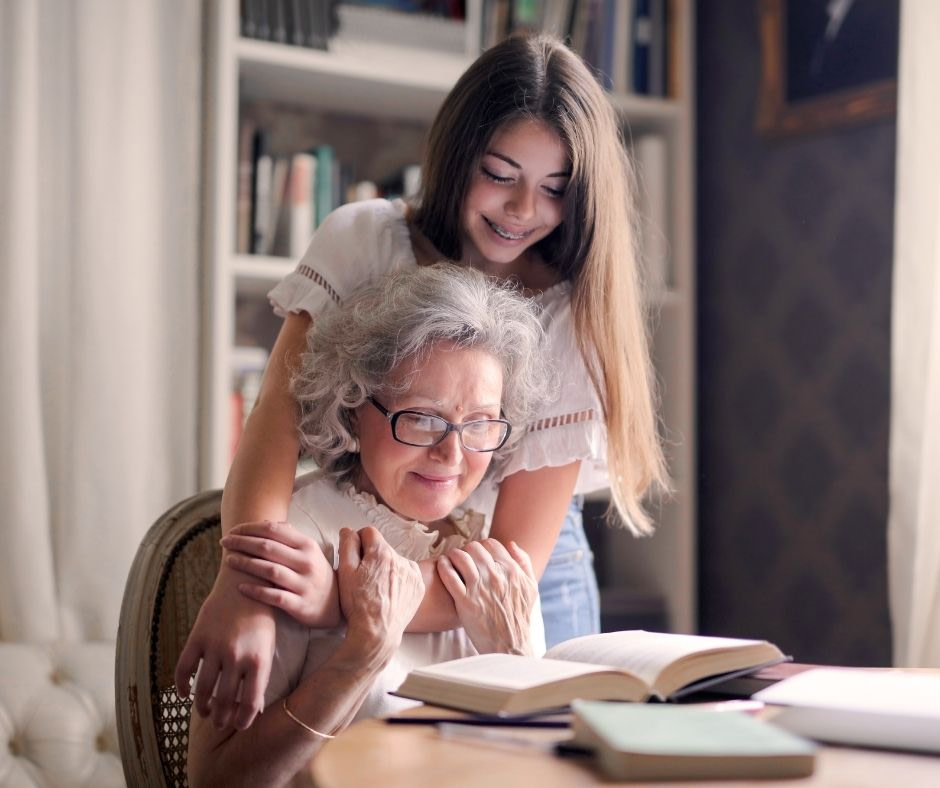“Courage starts with showing up and letting ourselves be seen.”- Brené Brown
Her grandmother didn’t have much time left. She knew she needed to visit, but she was so scared. “I don’t like to cry in front of people” she said. “It will be too hard to see her like that” she said.
She was raised in a family where emotions weren’t really discussed, except when people had big emotions that she felt she had to tiptoe around or try to fix.
Vulnerability can be so hard. Especially when you were raised in a family (like many people) where vulnerability wasn’t shown, or if it was, it wasn’t safe.
What does it mean to be vulnerable? It means to authentically speak about your emotions. It can feel uncomfortable, or scary. Generally, people feel so much better and more connected after emotionally vulnerable conversations.
And why would we want to go through this torturous experience of opening up? So many reasons:
-
Less anxiety
-
Closer relationships
-
Less shame
-
More empowerment
-
More self-awareness/consciousness
Here are some easy ways to practice vulnerability:
1. Practice With Yourself First:
Journal your deepest darkest feelings that you are scared to share.
Let yourself cry, or scream, or laugh, allow the feelings to flow.
Being authentic with yourself will help you create awareness of your feelings so that you can share them with others.
2. Discern Who’s Safe to Open Up To:
Make a list of people you feel close to.
Ask yourself the following questions to discern who on this list can hold space for your vulnerable feelings:
- Are they self-aware?
- Are they able to regulate their own feelings?
- Are they a mostly positive person?
- Are they compassionate and empathetic?
- Do you trust them to keep your feelings safe?
You don’t need to share with everyone, and trying to open up to people that don’t know how to take care of their own feelings may lead to disappointment and you shutting down again.
3. Start Slow:
Especially if you are new to this, it can be helpful to take baby steps into vulnerability.
Try asking someone your feel comfortable with from the above exercise, bring your journal notes with you, and ask them “Do you have time to hold space for my feelings right now?”
Tell them that this is uncomfortable, but you want to practice anyway.
Start sharing anything that you feel comfortable with and thank yourself and them for allowing you to be vulnerable.
4. Change Your Self Talk:
I hear so many people say, “I just don’t talk about my feelings” or “I don’t like to burden people with my emotions.”
This is just fear and old patterning.
Congratulate yourself on working on this and notice every time you stretch into more vulnerability.
The more you feel confident in this change happening, the more momentum you will create.
Practice reminding yourself “I’m getting better and better at opening up every day, and it feels good!”
My client did end up going to see her grandmother, and was so happy that she did. She was vulnerable with her feelings, and now feels closure with her grandmother and more connected to her as well.
We don’t need to wait for these big moments to start, building the practice now will help you feel happier, more energized, and more like yourself every day!
Read more about Relationship Issues with Shana Olmstead.


